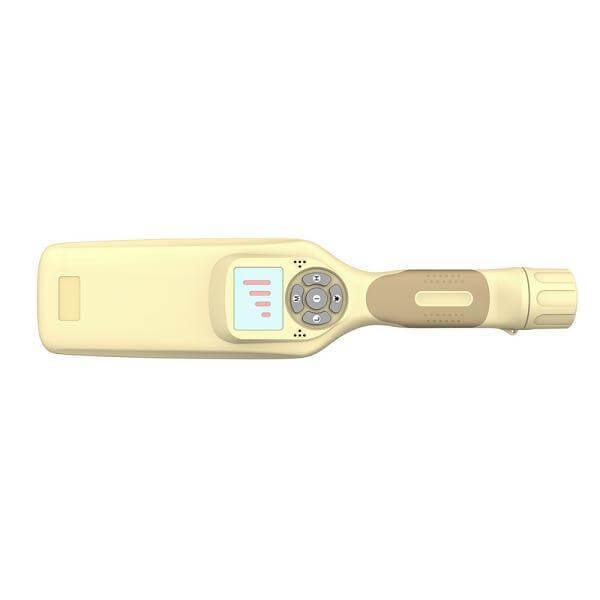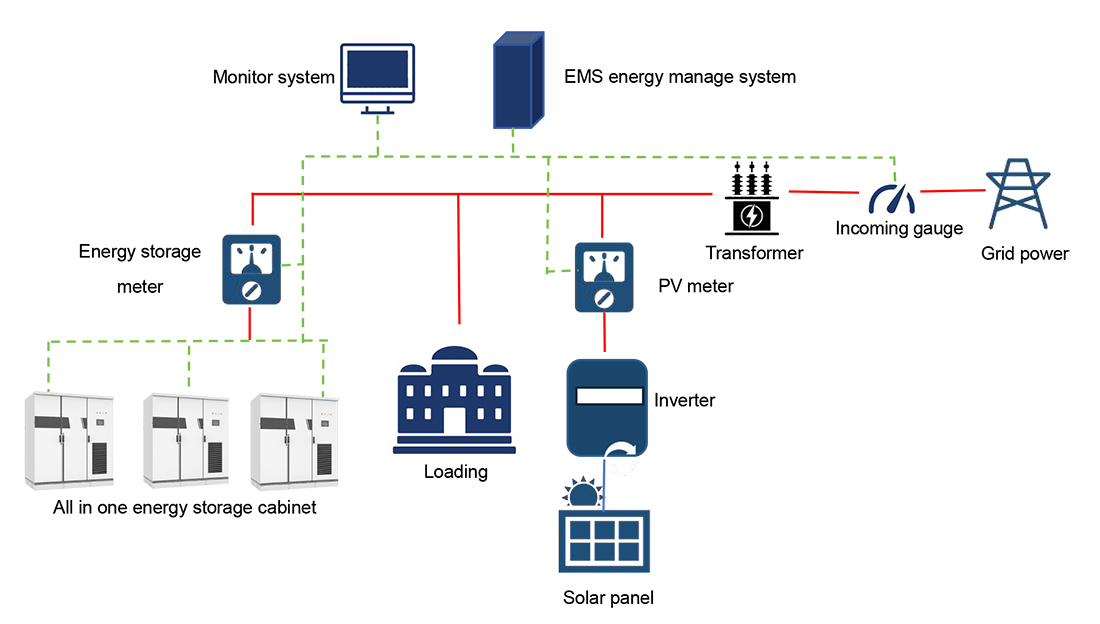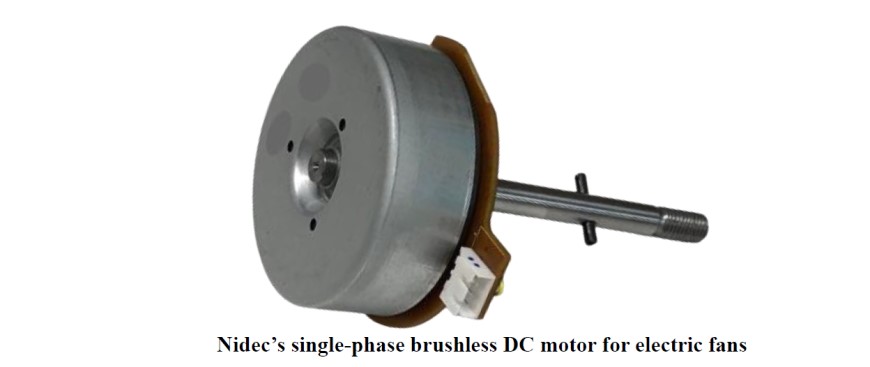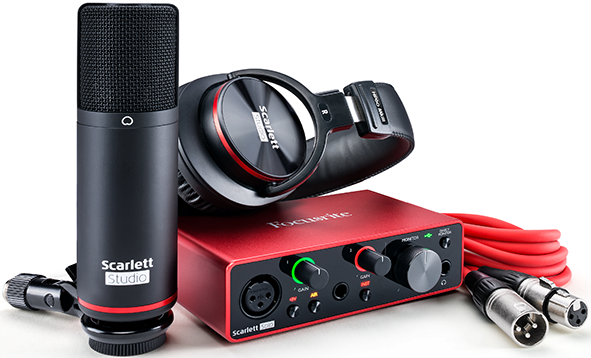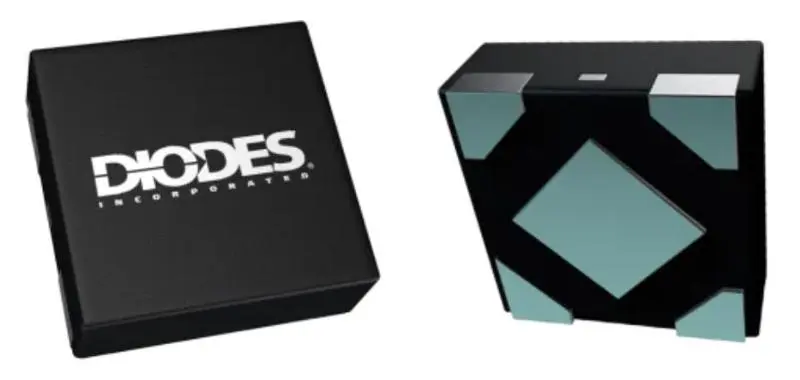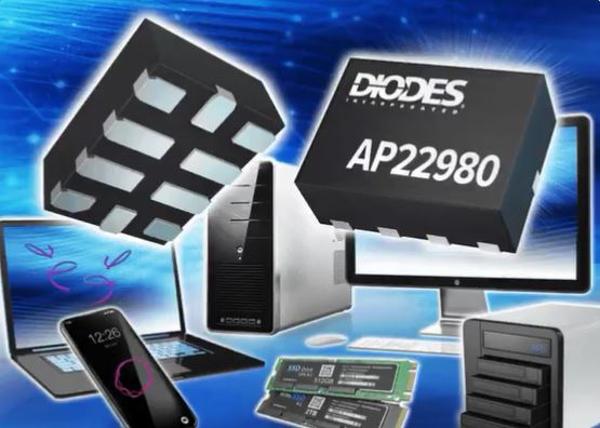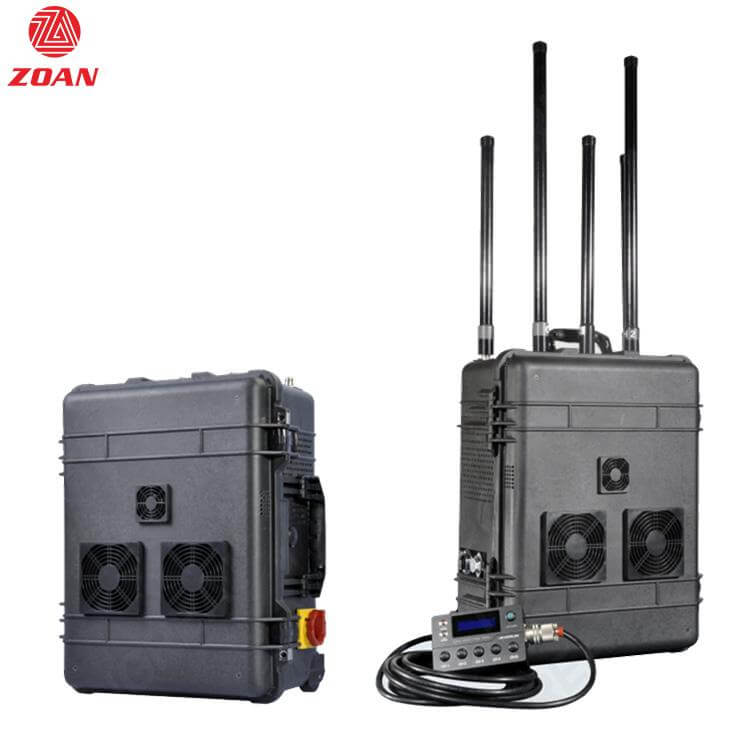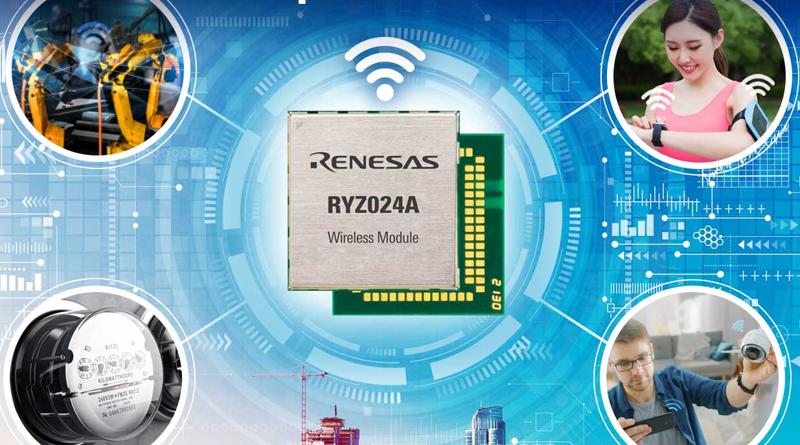
The difference between HDI board and ordinary PCB
- Consumer
- 2024-03-05 18:14:13
High-Density Interconnect (HDI) boards and ordinary Printed Circuit Boards (PCBs) serve as integral components in modern electronic devices, each with its unique features and applications. In this article, we will explore the distinctions between HDI boards and ordinary PCBs, shedding light on key aspects such as PCB board design, PCB board manufacturer, and PCB board assembly.
1. PCB Board Design
a. HDI Board Design
HDI boards are characterized by a more intricate design compared to ordinary PCBs. They typically incorporate multiple layers of conductive traces and vias, allowing for denser component placement. Microvias, blind vias, and buried vias are common design elements in HDI boards, enabling higher component density and enhanced signal integrity.
b. Ordinary PCB Design
Ordinary PCBs, in contrast, have a simpler design with fewer layers. The design tends to be more straightforward, making them suitable for applications with less stringent space constraints and lower component density requirements.
2. PCB Board Manufacturer
a. HDI Board Manufacturing
Manufacturing HDI boards involves advanced processes and technology. Specialized equipment such as laser drills and sequential lamination techniques are employed to create the complex multilayer structures. HDI board manufacturers must have expertise in handling fine-pitch components and microvias to ensure precision during fabrication.
b. Ordinary PCB Manufacturing
The manufacturing process for ordinary PCBs is generally less complex. It involves processes such as etching, drilling, and solder mask application. Ordinary PCB manufacturers focus on meeting standard specifications and may use more conventional manufacturing equipment.
3. PCB Board Assembly
a. HDI Board Assembly
HDI boards offer advantages during the assembly process. The high component density allows for shorter interconnection lengths, reducing signal delays and improving overall performance. HDI boards are suitable for compact and lightweight electronic devices where space is a critical factor.
b. Ordinary PCB Assembly
Ordinary PCB assembly is relatively straightforward, making it more cost-effective for applications with less stringent space requirements. However, the larger footprint and longer interconnection lengths may impact signal integrity in high-frequency applications.
4. Cost Considerations
a. HDI Board Costs
Due to the complexity of design and manufacturing processes, HDI boards generally incur higher production costs. The specialized equipment and expertise required contribute to the overall cost of HDI board production.
b. Ordinary PCB Costs
Ordinary PCBs are more cost-effective, making them a preferred choice for applications where cost is a significant factor. The simpler manufacturing processes and standard materials contribute to lower production costs.
Conclusion
In summary, the difference between HDI boards and ordinary PCBs lies in the complexity of design, manufacturing processes, and cost considerations. HDI boards offer advanced features suitable for high-density applications, while ordinary PCBs provide a cost-effective solution for less complex electronic devices. Whether choosing HDI or ordinary PCBs, considerations such as design requirements, manufacturing capabilities, and budget constraints play a crucial role in determining the most suitable option for a particular application.
https://www.intechcircuit.com/news_amp_events/767.html
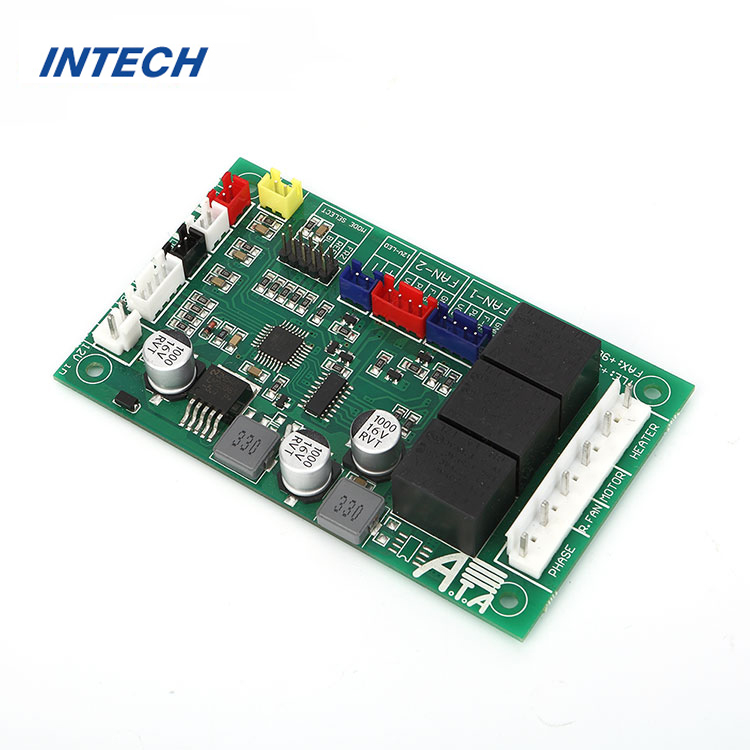
The difference between HDI board and ordinary PCB由Voice of the EngineerConsumerColumn releasethank you for your recognition of Voice of the Engineer and for our original works As well as the favor of the article, you are very welcome to share it on your personal website or circle of friends, but please indicate the source of the article when reprinting it.“The difference between HDI board and ordinary PCB”

